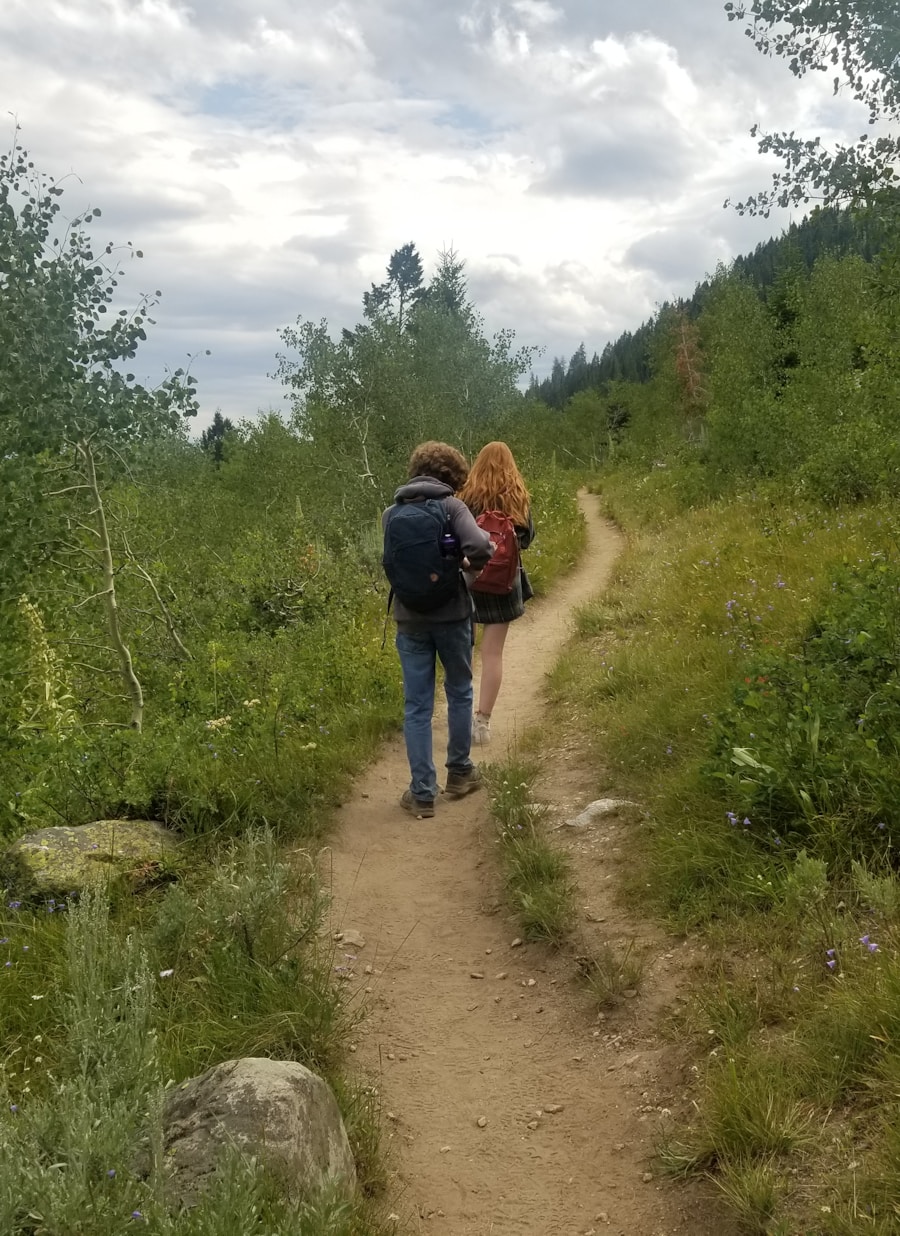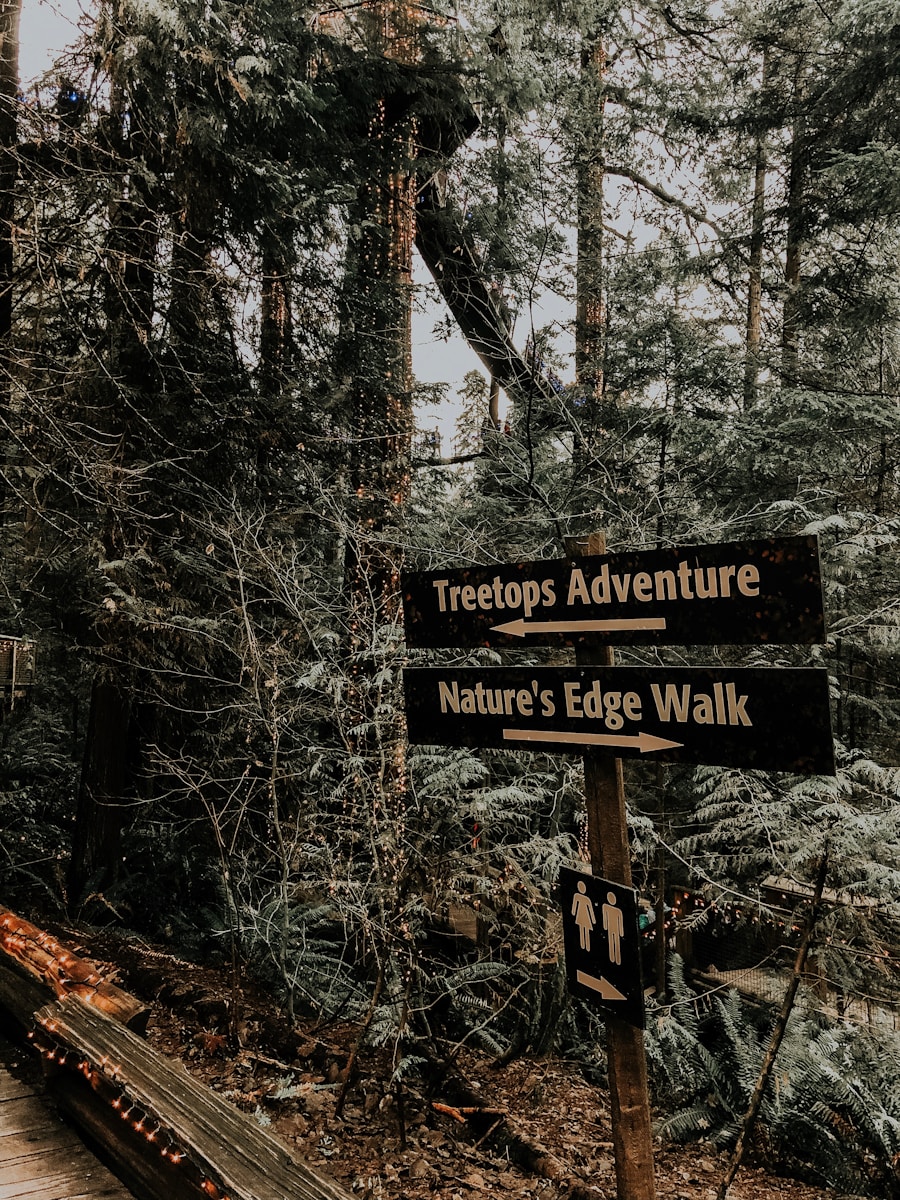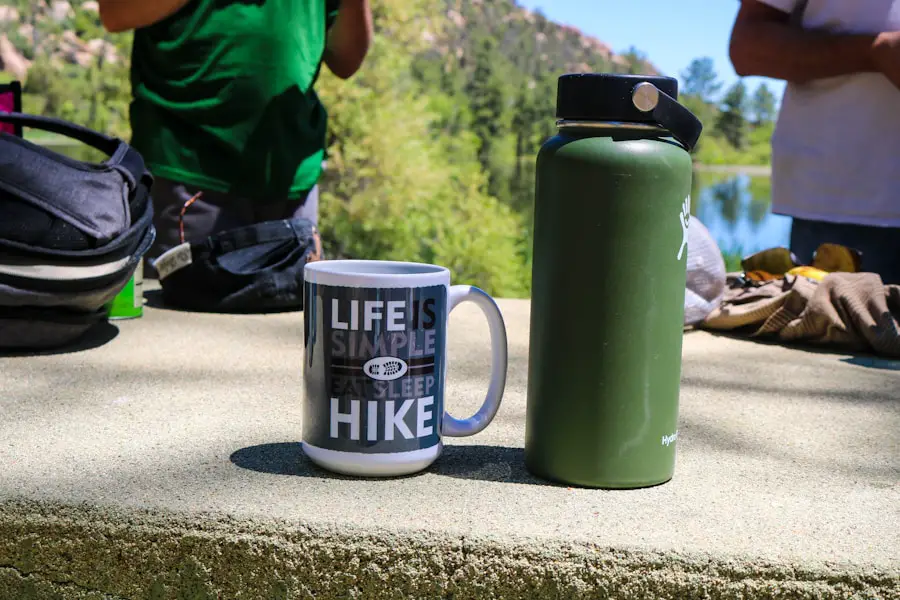Through hiking, as a distinct form of long-distance walking, has roots that can be traced back to ancient civilizations. The concept of traversing vast landscapes on foot is not new; it has been a fundamental aspect of human existence since our ancestors roamed the earth. Early humans relied on their ability to walk long distances for survival, whether it was for hunting, gathering, or migrating to new territories.
The trails they forged became the precursors to modern hiking paths, often following natural features like rivers and mountain ranges. In more recent history, the 19th century saw a burgeoning interest in outdoor activities, particularly in Europe and North America. The establishment of national parks and protected areas, such as Yellowstone in the United States in 1872, provided a backdrop for the development of hiking as a recreational pursuit.
The Appalachian Trail, completed in 1937, marked a significant milestone in the evolution of through hiking. Spanning over 2,190 miles from Georgia to Maine, it became a symbol of endurance and adventure, inspiring countless individuals to embark on long-distance hikes. This period also saw the rise of hiking clubs and organizations that promoted trail maintenance and conservation, further embedding through hiking into the cultural fabric of outdoor enthusiasts.
Key Takeaways
- Through hiking has a long history, with origins dating back to ancient civilizations and the development of long-distance trails in the 20th century.
- Essential gear for through hiking includes a lightweight backpack, sturdy hiking boots, a reliable tent, sleeping bag, and a water filtration system.
- When planning a through hike, it’s important to consider factors such as trail difficulty, weather conditions, resupply points, and permits.
- Navigating the wilderness requires map reading and GPS skills, as well as the ability to recognize natural landmarks and signs.
- Safety and survival skills are crucial for through hiking, including first aid knowledge, emergency communication devices, and the ability to adapt to unexpected situations.
Essential Gear for Through Hiking: What You Need for a Successful Journey
Backpack Essentials
A well-fitted backpack is essential; it should be lightweight yet spacious enough to carry all necessary items. Look for features such as adjustable straps, multiple compartments for organization, and a rain cover to protect your belongings from the elements.
Packing Light and Footwear
A good rule of thumb is to keep your pack weight to no more than 20% of your body weight to maintain mobility and reduce fatigue. Hiking boots or shoes should provide adequate support, traction, and waterproofing. It’s advisable to break in new footwear before embarking on a long trek to prevent blisters and discomfort.
Dressing for Success
Beyond footwear, clothing layers are vital for adapting to changing weather conditions. A moisture-wicking base layer, an insulating mid-layer, and a waterproof outer layer will help regulate body temperature and protect against rain or wind.
Planning Your Through Hike: Tips for Route Selection and Logistics

Planning a through hike requires careful consideration of various factors, including route selection, terrain difficulty, and logistical arrangements. Start by researching potential trails that align with your experience level and physical capabilities. Resources such as guidebooks, online forums, and local hiking clubs can provide valuable insights into trail conditions and points of interest along the way.
It’s also important to consider the time of year; some trails may be inaccessible due to snow or extreme weather conditions. Once you’ve selected a route, logistics come into play. This includes determining resupply points for food and water, arranging transportation to and from the trailhead, and understanding any permits or regulations that may apply.
Creating a detailed itinerary can help keep you on track during your hike while allowing for flexibility in case of unexpected challenges. Additionally, sharing your plans with friends or family can enhance safety by ensuring someone knows your intended route and timeline.
Navigating the Wilderness: Map Reading and GPS Skills for Through Hikers
| Skills | Percentage of Through Hikers |
|---|---|
| Map Reading | 75% |
| GPS Skills | 60% |
| Compass Navigation | 40% |
| Route Planning | 85% |
Navigating through diverse terrains is an essential skill for any through hiker. While GPS technology has made navigation easier than ever, traditional map reading skills remain invaluable. Familiarizing yourself with topographic maps can provide insights into elevation changes, water sources, and potential hazards along your route.
Understanding how to interpret contour lines and symbols on a map can significantly enhance your ability to navigate effectively. In addition to maps, carrying a reliable GPS device or smartphone app can serve as a backup navigation tool. However, it’s crucial to remember that technology can fail; batteries may die or signals may be lost in remote areas.
Therefore, knowing how to use a compass in conjunction with your map is vital. Practice triangulating your position using landmarks and map features before heading out on your hike. This dual approach ensures that you remain oriented even when technology fails.
Safety and Survival Skills for Through Hiking: Preparing for the Unexpected
Safety should always be a top priority when embarking on a through hike. Understanding basic survival skills can make a significant difference in emergency situations. Familiarize yourself with first aid techniques, including how to treat common injuries such as sprains or cuts.
Carrying a well-stocked first aid kit tailored to your needs is essential; it should include items like antiseptic wipes, bandages, pain relievers, and any personal medications. In addition to first aid knowledge, being prepared for unexpected weather changes is crucial. Hypothermia and heat exhaustion are real threats that can arise during long hikes.
Carrying extra clothing layers, a lightweight emergency blanket, and sufficient hydration can help mitigate these risks. Moreover, learning how to build a shelter using natural materials can provide protection in case you find yourself stranded overnight due to unforeseen circumstances.
Leave No Trace: Minimizing Your Impact on the Environment While Through Hiking

As outdoor enthusiasts, through hikers have a responsibility to protect the natural environments they traverse. The Leave No Trace principles provide guidelines for minimizing human impact on wilderness areas. One fundamental tenet is to stay on designated trails whenever possible; this helps preserve fragile ecosystems by preventing soil erosion and protecting native flora.
Proper waste disposal is another critical aspect of responsible hiking. Carrying out all trash is essential; biodegradable items like food scraps should also be packed out rather than left behind. In areas where toilet facilities are unavailable, hikers should follow guidelines for digging catholes at least 200 feet away from water sources and trails.
Additionally, respecting wildlife by observing from a distance ensures that animals are not disturbed or habituated to human presence.
Mental and Physical Preparation for Through Hiking: Training and Mindset for Long-Distance Walking
Preparing mentally and physically for a through hike is just as important as gathering gear or planning logistics. Building physical endurance through regular training is essential; this can include long walks or hikes with a weighted backpack to simulate trail conditions. Incorporating strength training exercises focused on core stability and leg strength can also enhance overall performance on the trail.
Mental preparation involves cultivating resilience and adaptability. Long-distance hiking can be physically demanding and mentally challenging; developing coping strategies for fatigue or discomfort is crucial. Visualization techniques—imagining yourself successfully completing sections of the trail—can boost confidence and motivation.
Additionally, practicing mindfulness while hiking allows you to connect with your surroundings and maintain focus on the present moment rather than becoming overwhelmed by the journey ahead.
The Rewards of Through Hiking: Connecting with Nature and Achieving Personal Growth
The rewards of through hiking extend far beyond physical fitness; they encompass profound connections with nature and opportunities for personal growth. Immersing oneself in natural landscapes fosters a sense of peace and tranquility that is often elusive in modern life. The rhythmic sound of footsteps on dirt trails, the rustle of leaves in the wind, and the sight of breathtaking vistas create an immersive experience that rejuvenates the spirit.
Moreover, through hiking often serves as a catalyst for self-discovery and personal development. Overcoming challenges such as difficult terrain or adverse weather conditions builds resilience and confidence. Many hikers report transformative experiences during their journeys—moments of introspection that lead to clarity about life goals or priorities.
The solitude found on remote trails allows for deep reflection, often resulting in newfound perspectives that extend beyond the hike itself. Through hiking is not merely an activity; it is an exploration of both the external world and one’s inner self. As individuals traverse vast landscapes on foot, they engage in a journey that encompasses physical endurance, mental fortitude, environmental stewardship, and personal growth—elements that together create an enriching experience that resonates long after the final steps are taken.
If you are planning a through hiking adventure, you may want to consider investing in the best power bank for international travel to keep your devices charged while on the trail. This essential piece of gear can ensure you stay connected and powered up throughout your journey. For more travel tips and recommendations, check out TakeTravelInfo for expert advice and insights. Additionally, if you are looking for the perfect gift for a female hiker in your life, be sure to explore their list of the best travel gifts for her here.
Love travel? Join Our Facebook Community
FAQs
What is through hiking?
Through hiking is a long-distance hike that covers an entire trail from start to finish in one continuous journey. It typically involves hiking for several months and covering hundreds or thousands of miles.
What are some popular through hiking trails?
Some popular through hiking trails include the Appalachian Trail, Pacific Crest Trail, Continental Divide Trail, and the Camino de Santiago. These trails are known for their scenic beauty and challenging terrain.
What are the challenges of through hiking?
Through hiking presents various challenges such as physical endurance, mental resilience, navigating the trail, weather conditions, and logistics such as resupplying food and gear.
How long does through hiking take?
The duration of through hiking varies depending on the trail and the hiker’s pace, but it typically takes several months to complete a long-distance trail.
What are some essential items for through hiking?
Essential items for through hiking include a lightweight tent or shelter, sleeping bag, backpack, hiking boots, clothing suitable for various weather conditions, food and water supplies, navigation tools, and first aid kit.
What are the benefits of through hiking?
Through hiking offers numerous benefits such as physical fitness, mental well-being, connection with nature, self-discovery, and a sense of accomplishment upon completing the journey.
